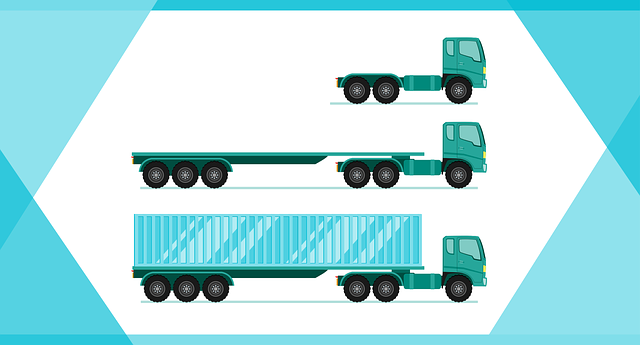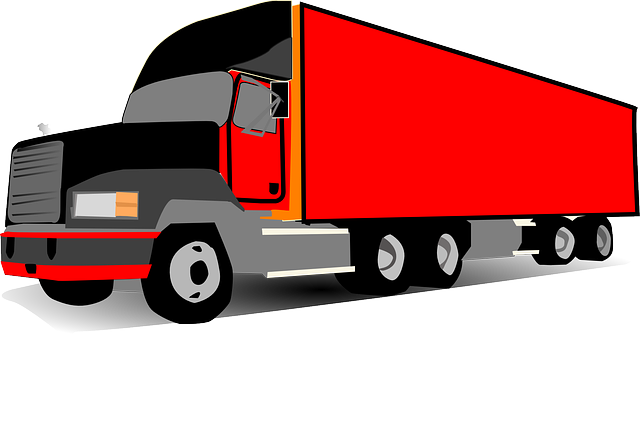The complex nature of multi-truck policy administration requires efficient technology integration to manage diverse liability coverage needs. Traditional manual processes are inefficient and error-prone, but digital solutions streamline administrative tasks, improve data management, and enhance risk assessment for faster claim settlements. By adopting innovative technologies like automation and advanced analytics, insurance providers and fleet managers can optimize liability coverage, reduce costs, and improve overall safety through real-time data access and accurate policy tailoring.
In today’s digital era, managing liability coverage for vast fleets poses significant challenges. Traditional methods often involve cumbersome paperwork, manual data entry, and inefficient communication, leading to errors and delays. This article explores how technology revolutionizes multi-truck policy administration. We delve into the specific challenges, highlighting the transformative role of tech solutions like digital platforms for streamlined liability coverage management. By implementing these innovations, insurance providers can enhance operational efficiency, accuracy, and customer satisfaction.
Understanding Multi-Truck Policy Administration Challenges

Multi-truck policy administration presents a unique set of challenges due to its complexity and the diverse needs of fleet operators. One of the primary difficulties lies in managing liability coverage for fleets, which involves ensuring adequate protection across multiple vehicles and drivers while navigating varying legal frameworks and risk profiles. Traditional methods often rely on manual processes, leading to inefficiencies, increased human error, and longer settlement times in case of claims.
The sheer volume of data associated with multi-truck operations further exacerbates the issue. Tracking vehicle maintenance records, driver performance metrics, insurance policies, and claims history for an extensive fleet requires robust systems. Outdated or manual tracking methods can result in inaccurate information, hindering effective risk assessment and decision-making processes. Technology integration is therefore pivotal to streamline these administrative tasks, enhance accuracy, and ultimately contribute to safer and more efficient fleet management.
The Role of Technology in Streamlining Processes

In today’s digital era, technology plays a pivotal role in revolutionizing policy administration, especially within complex operations involving multi-truck fleets. By leveraging innovative solutions, insurance providers can significantly streamline processes related to liability coverage for fleets. Automated systems, for instance, enable efficient data management and accurate risk assessment, eliminating manual errors often associated with traditional methods.
This digital transformation facilitates faster processing of applications, quick turnaround times for quotes, and enhanced customer experiences. Moreover, technology allows for real-time updates and adjustments to policies, ensuring that fleet managers have access to the most current liability coverage options tailored to their specific needs. Such advancements not only simplify administrative tasks but also contribute to better risk management strategies for businesses operating multiple vehicles.
Implementing Digital Solutions for Efficient Liability Coverage Management

In today’s digital era, implementing technology is a game-changer for managing liability coverage in multi-truck fleet operations. By digitizing processes, insurance providers and fleet managers can streamline administrative tasks, enhancing overall efficiency. This shift towards digital solutions enables real-time data access, allowing quick decision-making regarding policy adjustments and claims management. With advanced systems, tracking and monitoring of each truck’s performance become seamless, ensuring optimal liability coverage for the entire fleet.
Digital platforms offer a centralized hub for managing extensive policies, reducing manual errors. Automated data exchange between carriers and insurers ensures accuracy in reporting, minimizing delays in processing payments and claims. This integration facilitates better risk assessment, enabling insurers to tailor policies based on individual trucker needs and operational patterns. As a result, fleet managers gain a competitive edge by optimizing costs and enhancing the overall management experience.
Benefits and Future Prospects of Technological Integration

The integration of technology into multi-truck policy administration offers a plethora of benefits, revolutionizing how liability coverage for fleets is managed. Automation streamlines processes, reducing manual errors and increasing efficiency. Advanced analytics enable insurers to assess risk more accurately, personalizing policies based on individual fleet characteristics and driving behaviors. This results in tailored solutions that optimize costs while ensuring comprehensive protection.
Looking ahead, technological advancements hold even greater promise. Artificial intelligence and machine learning can predict potential risks, enhancing proactive safety measures and further reducing claims. Blockchain technology offers secure and transparent record-keeping, simplifying audits and fostering trust among stakeholders. As the digital landscape evolves, these innovations will shape a more agile, responsive, and customer-centric approach to fleet liability coverage.
By leveraging technology, multi-truck policy administration can be significantly streamlined, enhancing efficiency and optimizing costs in managing liability coverage for fleets. Digital solutions not only simplify processes but also provide real-time insights, enabling better decision-making and tailored risk management strategies. As the industry evolves, embracing technological integration will be key to staying competitive and ensuring seamless operations in the realm of fleet insurance.
